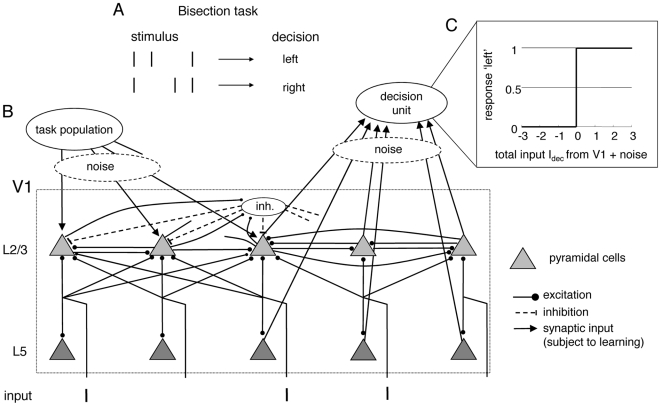Figure 1. Bisection task and model network.
(A) A bisection stimulus consists of three vertical lines, with the middle line slightly displaced from the center. The subject has to indicate whether this middle line is displaced toward the left or the right line. (B) Possible embedding of the model into a V1 circuitry. (Only a subset of the otherwise mirror-symmetric connectivity pattern in the V1-box is rendered, and to show the continuation, the initial segments of some connection lines are also drawn). Each of the bisection lines is activating (via non-modeled L4 neurons) a single L5 pyramidal neuron while projecting through a Gaussian fan out to the L2/3 pyramidal neurons. Both pyramidal layers project to a binary decision unit in a higher cortical area. The gain of the L2/3 pyramidal neurons is modulated by top-down input from a task population. L2/3 neurons are recurrently connected both through direct excitation and via a global inhibitory neuron. (C) The decision unit sums up and thresholds the weighted firing rates of the noisy pyramidal neurons. Learning consist in modifying these readout weights, as well as in a modification of the top-down input strength.

